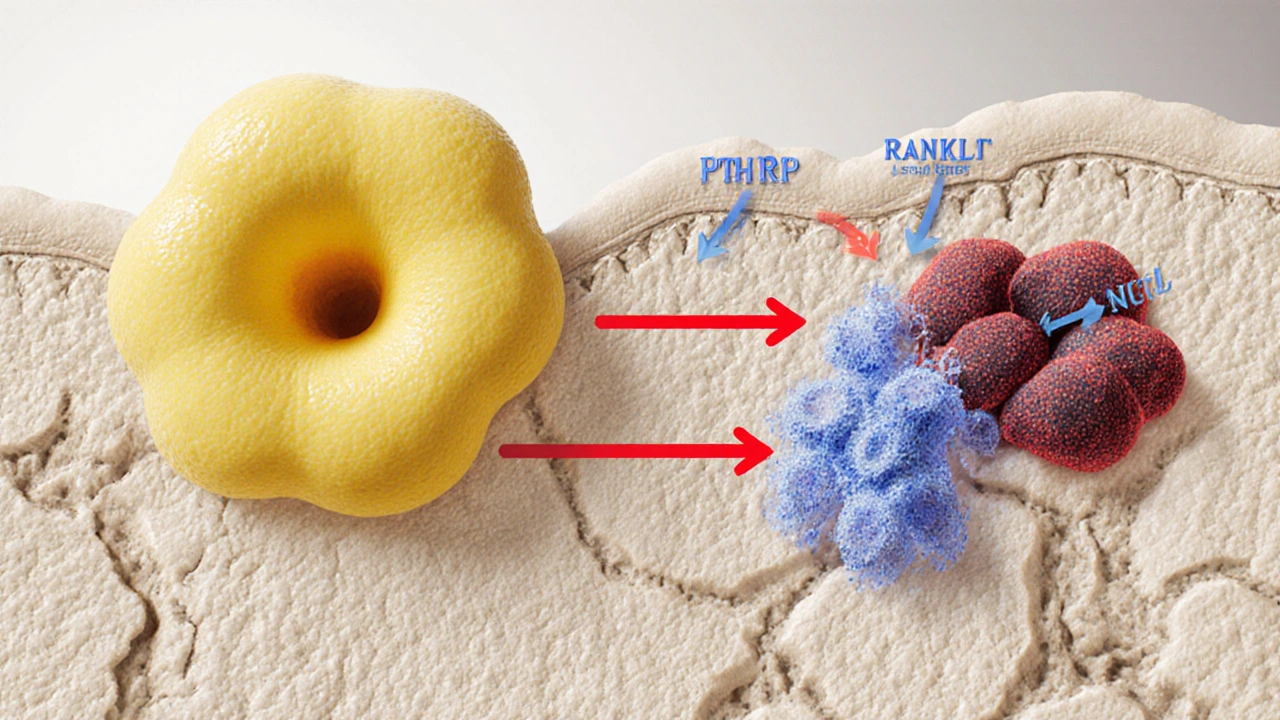Cancer Bone: Understanding Bone Metastases and Treatment Options
When cancer bone, the spread of cancer cells from their original site to the bones. Also known as bone metastases, it happens when cancer like breast, prostate, or lung cancer travels through the bloodstream or lymph system and settles in bone tissue. This isn’t a new type of cancer—it’s the original cancer living in a new place. About 70% of people with advanced breast or prostate cancer will develop bone metastases. It’s not rare, and it’s not always talked about clearly.
What does this actually feel like? Many people report deep, aching pain that gets worse at night or with movement. Some notice fractures from minor bumps—bones weakened by cancer can break easily. Others feel numbness or tingling if the cancer presses on nerves near the spine. These aren’t just side effects—they’re signs the disease has moved. Treatment isn’t about curing it, but controlling it. That’s where chemotherapy, systemic drugs that target fast-growing cancer cells throughout the body comes in. Drugs like capecitabine are used to slow down tumor growth in bones. Radiation helps too, especially for localized pain. Then there’s pain management, a focused approach using meds like NSAIDs, opioids, or nerve-targeting drugs to improve daily life. It’s not about ignoring the pain—it’s about living with it as little as possible.
You’ll also find treatments that protect bones directly. Bisphosphonates and denosumab stop bone loss, reduce fractures, and lower calcium levels that can spike when tumors break down bone. These aren’t flashy, but they’re essential. And while some posts here talk about antibiotics or skin infections, the real focus here is on how cancer behaves inside the skeleton—what works, what doesn’t, and what patients actually need to know. You won’t find fluff. You’ll find straight talk on how capecitabine affects your hands, how meloxicam helps with bone pain, and why some treatments work better for prostate cancer than others. This collection pulls from real patient experiences and clinical guidance. Whether you’re managing this yourself or supporting someone who is, what follows is practical, no-nonsense info that matches what doctors actually use.
Learn how tumor growth harms bone health, the mechanisms behind bone metastasis, signs to watch for, and strategies to protect skeletal strength.

